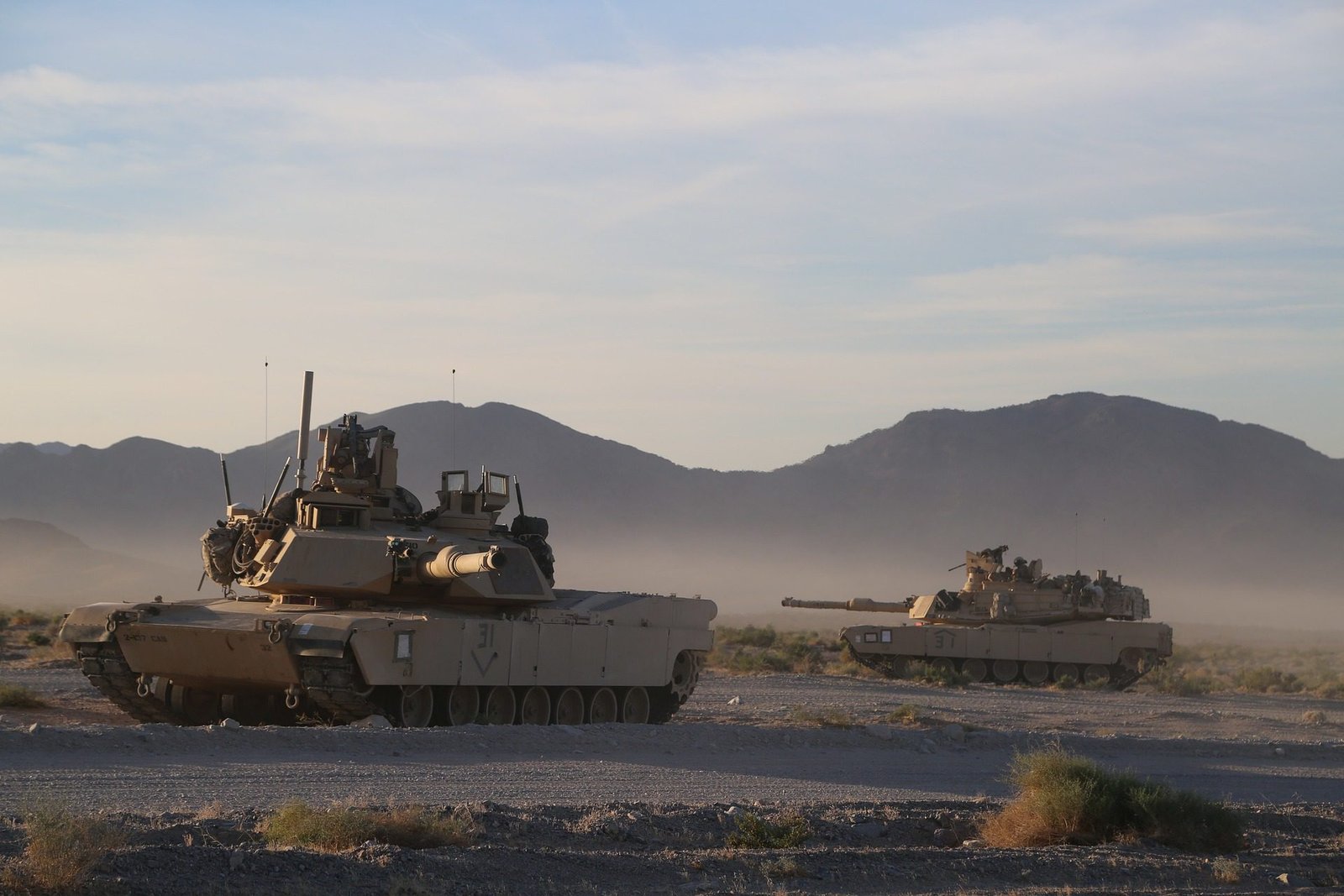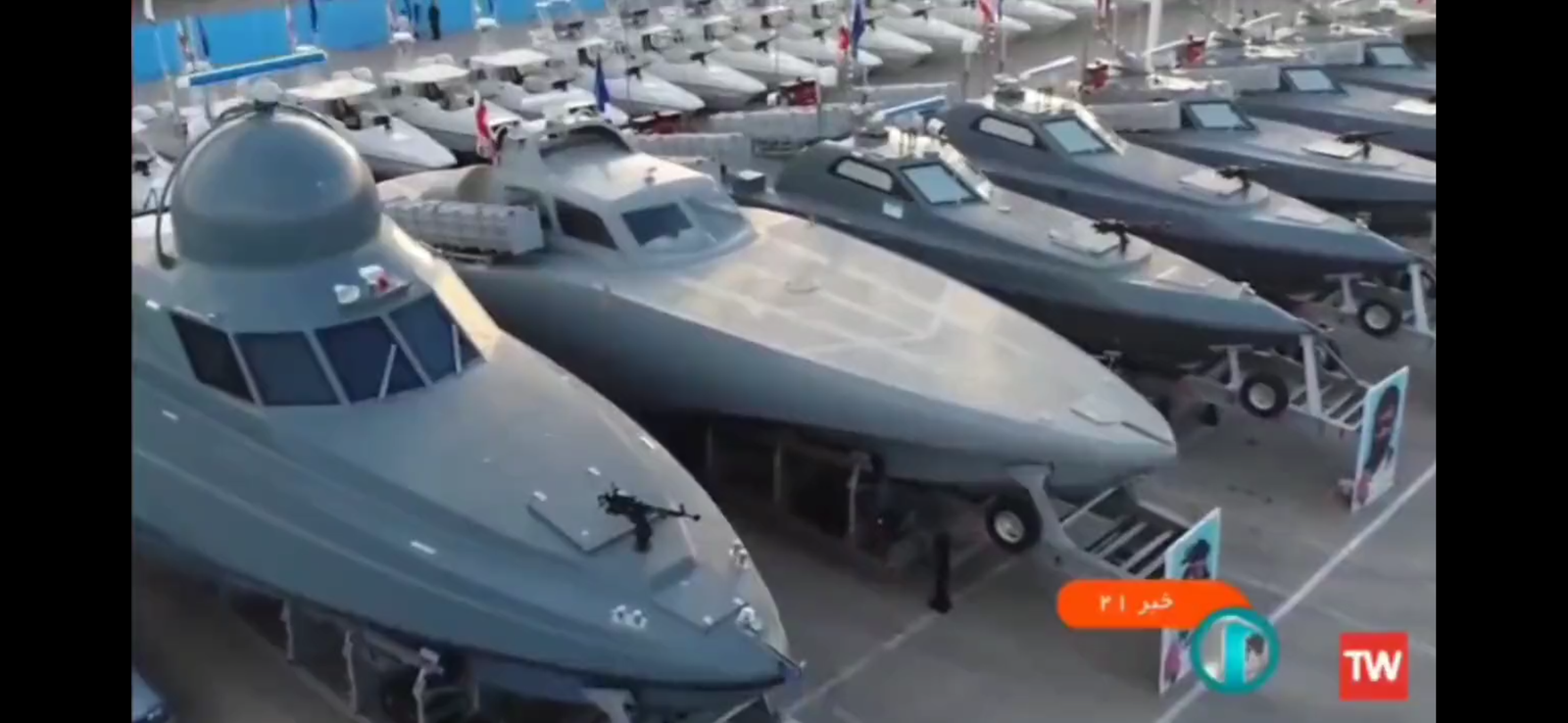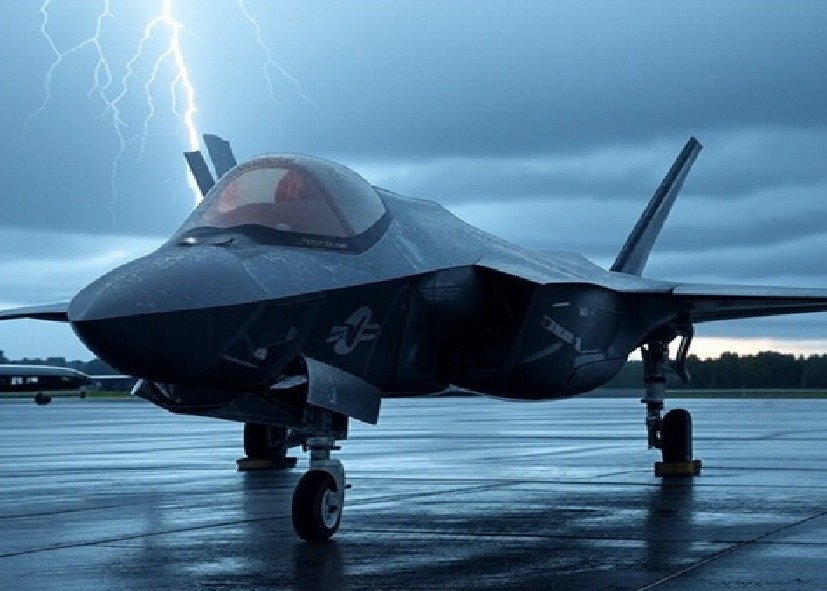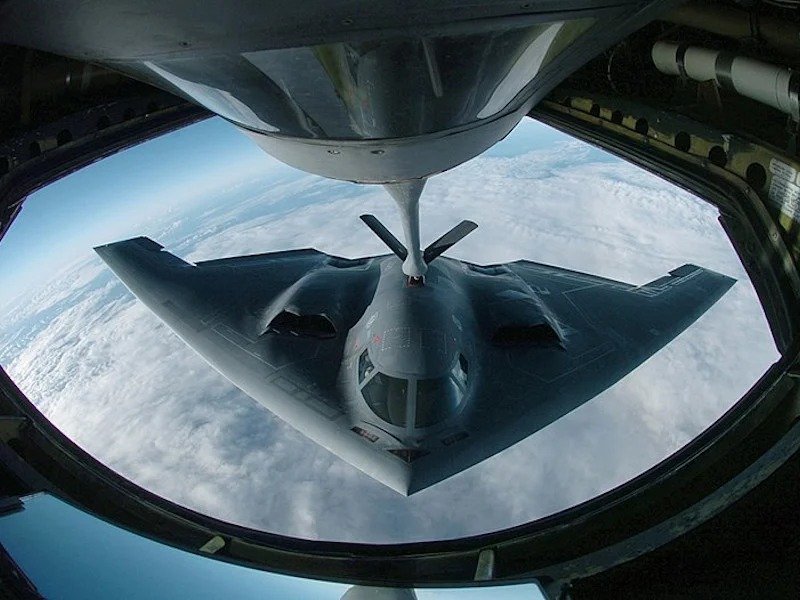Content Brief: US M1A1 Abrams Tanks Tested with AI-Driven Target Recognition System on the Battleground
The M1A1 Abrams tank is one of the most advanced and lethal vehicles on the modern battlefield. Since its introduction in the 1980s, the tank has undergone numerous upgrades and improvements to maintain its dominance in ground warfare. One of the latest enhancements to the M1A1 Abrams is the use of an AI-driven target recognition system. This system will help the tank identify and engage targets more accurately and efficiently than ever before.
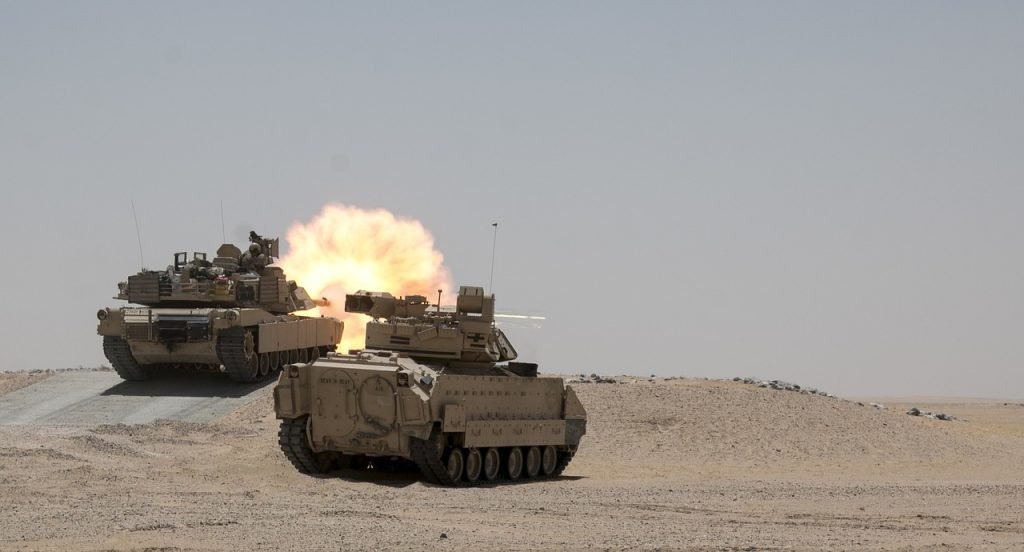
The AI-driven target recognition system mounted on the US M1 Abrams tank is an advanced technology that uses artificial intelligence algorithms to identify and classify potential targets on the battlefield. It will quickly analyze incoming data from multiple sensors mounted on the tank and provide the crew with real-time situational awareness. The AI system can also provide the crew with recommendations on how to engage targets effectively.
The AI-driven target recognition system mounted on the US M1 Abrams tank is designed to work in three different modes: search, detect, and track.
In the search mode, the system scans the battlefield for potential targets and collects data from various sensors mounted on the tank. The system detects potential targets and switches to the analyze mode to determine if the target poses a threat. If the system identifies the target as a threat, it switches to the track mode and tracks the target’s movement while providing the crew with recommendations on how to engage it.
The AI-driven target recognition system mounted on the US M1 Abrams tank has numerous implications on the battlefield. It enhances the tank’s accuracy and speed in identifying and engaging targets, reducing the risk of human error. This technology also allows the tank to engage targets from a safe distance, reducing the risk of casualties. The AI system also provides the crew with a detailed situational awareness, allowing them to make informed decisions quickly.
AI in the Defense Sector
| Technology | Description | Examples of AI Applications |
|---|---|---|
| Drones | Unmanned aerial vehicles that can be used for surveillance, reconnaissance, and strikes. | Automated target recognition, swarm intelligence, autonomous flight. |
| Missiles | Guided weapons that can be launched from aircraft, ships, or land-based systems. | Automated target recognition, autonomous navigation, image processing. |
| Cybersecurity | The protection of computer systems and networks from theft, damage, or unauthorized access. | AI-powered threat detection, network security analytics, automated response. |
| Robotics | Machines that can be used to perform tasks in dangerous or inaccessible environments. | Unmanned ground vehicles, autonomous robots for bomb disposal, automated logistics. |
| Command and Control | The process of directing military operations and coordinating forces. | AI-enabled decision support, predictive analytics, situational awareness. |
The AI-driven target recognition system mounted on the US M1 Abrams tank is a game-changer in modern warfare. It enhances the tank’s accuracy and speed in identifying and engaging targets, reducing the risk of human error. This technology is quickly becoming an essential component of modern tanks, allowing them to remain effective on the battlefield. As technology continues to advance, we can expect more advanced AI-driven systems to be integrated into tanks, making them even more lethal and effective in modern warfare.!
